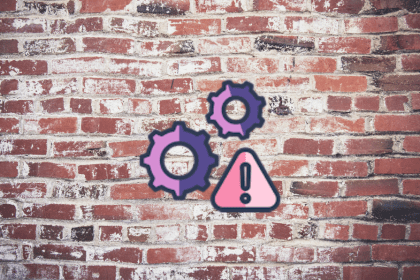
For aspiring start-ups and established companies alike, understanding barriers helps you develop effective marketing and sustain growth.

Word-of-mouth often takes a blend of advertising, product development, sales, and customer support to ensure growth.

A brand manager develops and executes strategies that create, maintain, and enhance the identity and market position of a brand.
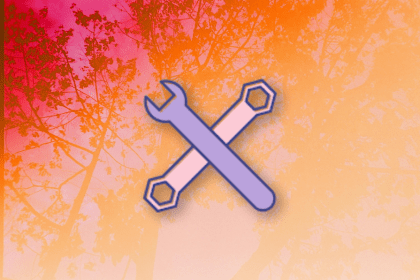
An email list is a collection of email addresses that individuals or businesses use to send messages and newsletters to a group of people.

Monitoring customer experience KPIs helps companies understand customer satisfaction, loyalty, and the overall experience.
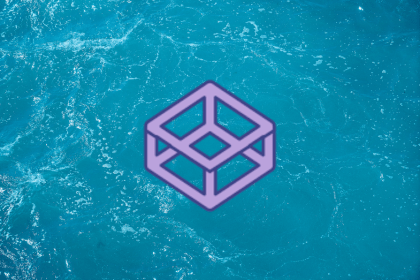
The A3 problem-solving framework uses a single A3-sized sheet of paper to document the entire problem-solving process.
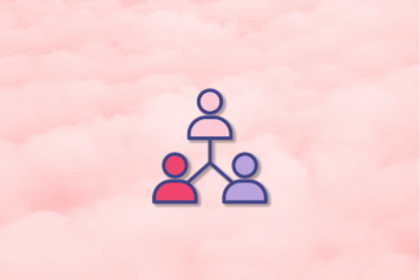
An associate product manager doesn’t have prior product management experience, but can grow into this role via training and mentorship.

Galileo Highlights eliminates the need to watch hours of sessions by automatically summarizing each user’s experience and identifying patterns, friction points, and behavioral trends across groups of sessions.
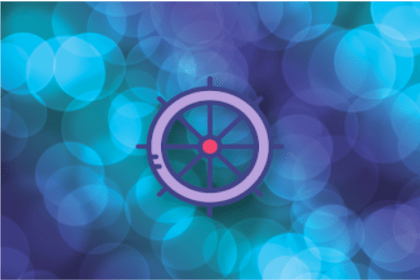
Business operations refer to the day-to-day activities of a company that helps it run efficiently and generate value.
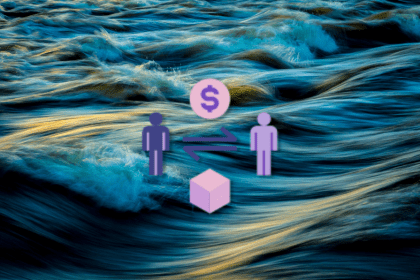
D2C enables you to reach out to your customers directly while controlling the entire brand purchase and after sales experience.

A positioning statement defines how your product fits in the marketplace and how you better solve your customers’ problems than competitors.

The product management career path has opened up new opportunities for IC product managers and companies have begun hiring again.